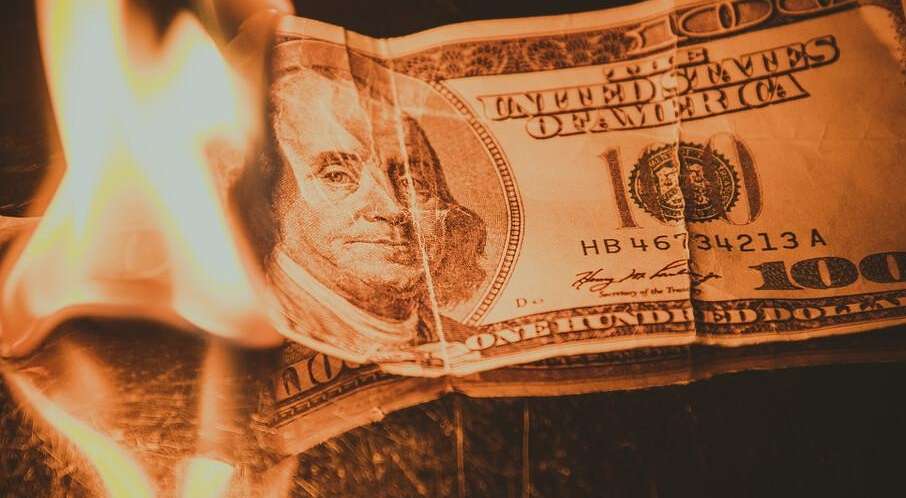Tariff Fears Fuel US Metal Premium
Advertisements
The financial landscape is witnessing a shift fueled by growing concerns surrounding the imposition of substantial tariffs on imported metals. Participants in the market are racing to adjust their strategies in anticipation of these changes, which has led to striking increases in futures prices for metals like copper and silver on the New York Commodity Exchange.
As anticipation builds, futures contracts have surged beyond their international price benchmarks. The economic implications of this phenomenon are multifaceted, closely tied to the fundamental laws of supply and demand. With the looming threat of tariffs, the cost of imported metals is set to rise significantly, creating a potential shortage in effective metal supplies in the United States. With demand remaining steady, or even buoyed by positive economic projections, a supply crunch could result in further price escalations.
On a recent Thursday, the silver futures on the New York Commodity Exchange experienced a premium of over $0.90 per ounce compared to spot silver prices in London. This premium is approaching the heights not seen since December of last year, where the incoming president promised universal tariffs on goods from all nations. The current atmosphere, charged with uncertainty regarding trade policies and heightened market anxiety, has propelled this premium to new heights.
Moreover, the copper futures on the New York Exchange have reported a premium of $623 per ton against London Metal Exchange copper futures, a figure close to the records seen during last year's tumultuous copper market. With copper being an essential raw material in industrial applications, its price volatility has significant ramifications for the global economy. Last year's historic price squeeze left a prominent mark on the market, compelling many traders to rethink their asset allocations and trading strategies. The resurgence of high premium levels is serving as a reminder of past turmoil, inciting both anxiety and vigilance among market stakeholders.
According to Ole Hansen, the head of commodity strategy at Saxo Bank, this surge in metal prices is intricately linked to global investors seeking refuge from persistent inflation, burgeoning fiscal debts, and the unpredictability of the political landscape:
“At the start of the year, global investors began looking for ways to shield themselves from sticky, possibly rising inflation, fiscal debt issues, and the uncertainties brought on by the newly elected president... The extraordinary rise in commodity prices is clearly tied to this unpredictability.”
In a bid to capitalize on the soaring prices, traders have rushed to supply warehouses in the U.S. with silver and copper. Over the past five weeks, New York warehouses reported an influx of 15 million ounces of silver, as suppliers move aggressively to cash in on the favorable market conditions.

Nonetheless, analysts provide a cautionary note. While significant price gaps present lucrative opportunities for traders holding physical inventories, they also usher in substantial risks for those who are not. The current discrepancy between prices in New York and London is atypical and could spell trouble for investors lacking the necessary commodities to navigate these fluctuations.
Historically, prices in the New York and London metal markets tend to move synchronously. Many algorithmic traders and hedge funds place their bets on price differentials being corrected quickly—typically through arbitrage. However, if these price discrepancies persist, investors may face severe financial repercussions.
This scenario echoes the events that unfolded last year when the copper market experienced a dramatic squeeze. Traders, relying on historical data and market patterns, anticipated a decline in New York copper futures relative to those in London. Yet, they overlooked critical dynamics, such as shifts in supply and demand conditions and policy uncertainties. Consequently, their expectations fell flat as prices soared, resulting in devastating losses for many. The silver market now finds itself potentially facing a similar fate, given the limited availability of deliverable silver into New York futures. If demand surges due to escalating price forecasts and supply struggles to keep pace, the market is primed for a squeeze.
Daniel Ghali, a senior commodity strategist at TD Securities, remarked:
“The market is unwittingly heading toward a squeeze, and people are entirely ignoring this risk.”
However, Ghali also pointed out the ramifications of a considerable supply shortfall. Over the past four years, the global silver mining output has dwindled significantly, leading to a depletion of stocks in the London market. Further outflows could trigger a cascading effect on prices:
“We expect the scale of this inventory depletion to be quite significant, which is indeed the scenario you may want to invest in for a silver squeeze.”
This unfolding drama within the metals market serves as a critical reminder of the delicate interplay between economic policy, supply issues, and market psychology. How stakeholders navigate these turbulent waters will undoubtedly shape the landscape for commodities as we advance into 2024.
Make A Comment